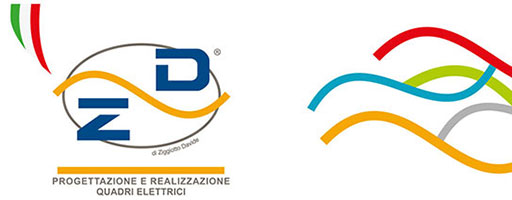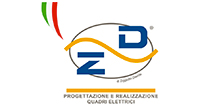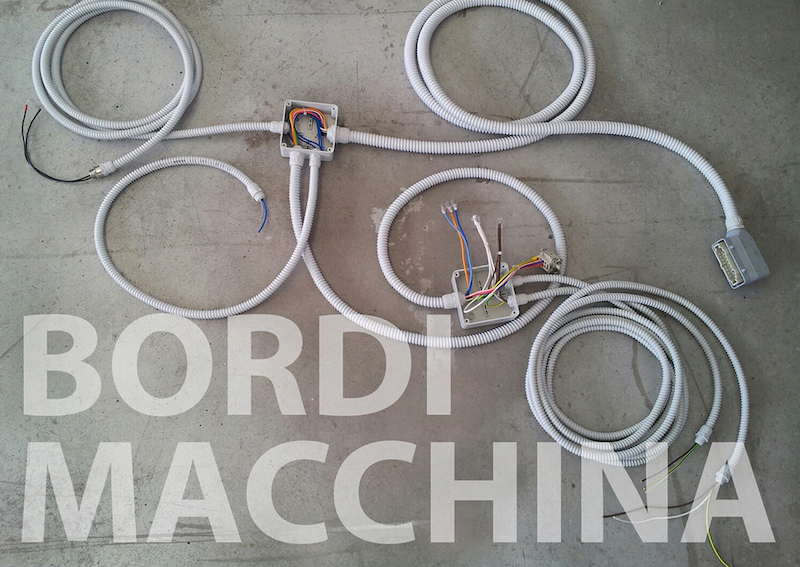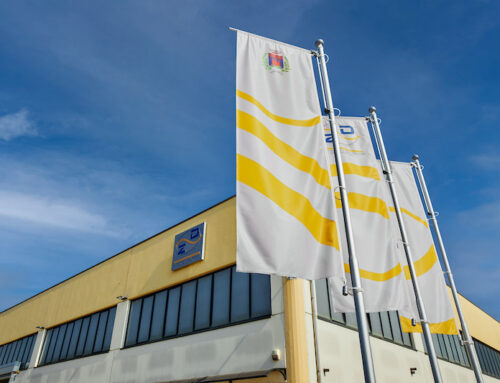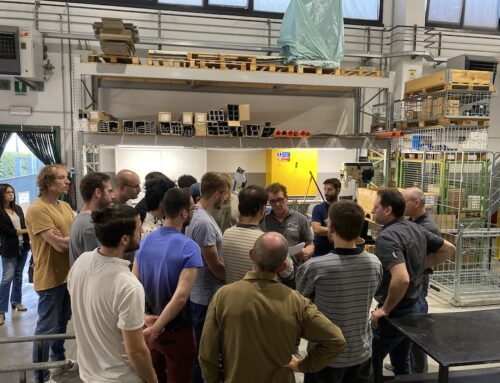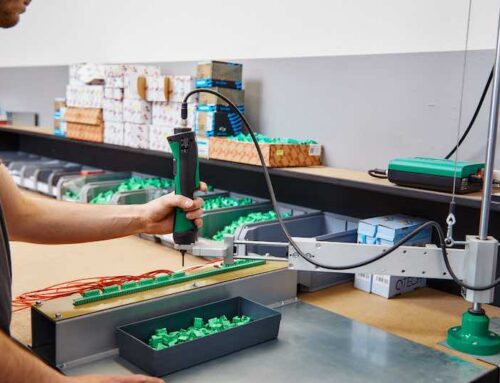The manufacture of on-board electrical systems is part of our work, in that we execute electrical systems of small and medium size, put them into service and carry out any eventual local maintenance.
It is interesting to understand what on-board electrical systems are, what their main characteristics are and what the legislations which regulate them are, because they are a fundamental part of the workings of a great number of automation applications.
To give the most technical explanation, but also as simple as possible, let us draw from information on on-board electrical systems collected in the relevant regulations CEI EN 60204 e CEI EN 61439.
The regulations also include detailed explanations on what the technical characteristics of on-board electrical systems are, what materials are used for their assembly and what their use is in the various production environments, also specifying the roles and responsibilities of the builders and assemblers.
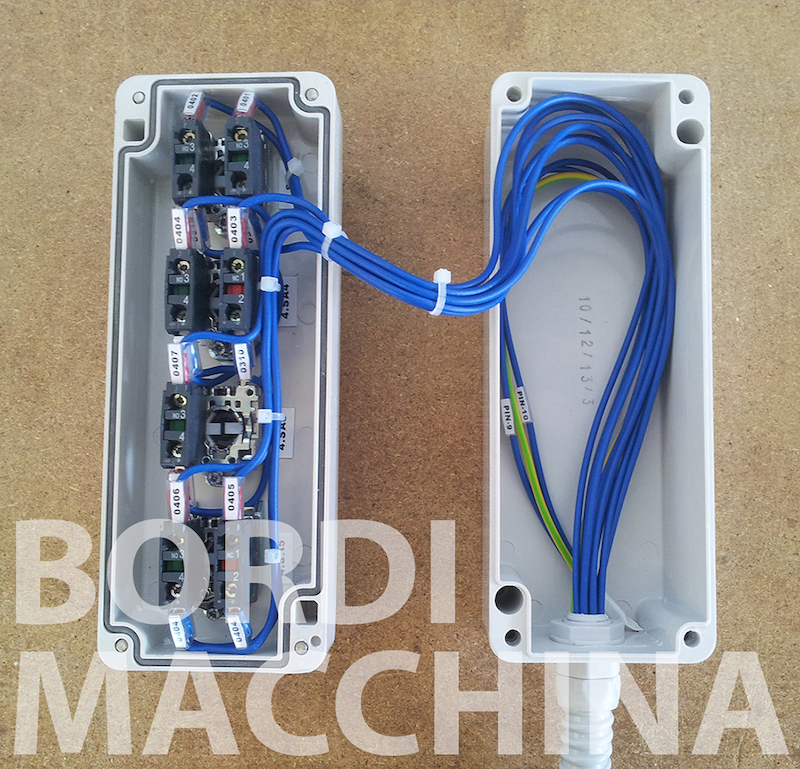
What are on-board electrical systems
On-boards electrical systems are a section of electrical equipment which is used to connect the command panels to the various appliances present in the system which will be automated.
Apart from the electrical connection they also integrate with specific wires and sheaths:
- The command sections, so switches and dials
- Means of signalling, i.e. lamps or lights
- Control instruments
- Measuring tools
- Positioning and Safety devices
- Movement devices
The operator uses all these systems to make the machine work.
Design and manufacture of on-board electrical panels
On-board electrical systems are what makes the machine work, hence it is essential that the design and manufacture follows a high standard of:
- Functionality
- Safety
- Reliability
These characteristics involve both the normal use of the machinery (the every-day workings), but also the preventive maintenance which ensures its reliability.
These characteristics must also include any exceptional maintenance, or requested interventions following eventual breakdowns.
Everything, to guarantee the continuity of production in the company where they are operative.
Regulations of on-board electrical systems
On-board electrical systems are certainly one part of the electrical equipment of the machinery, but they are considered a separate component in themselves.
Hence, the regulation in reference is the CEI EN 60204.
A relevant section of this regulation cites that:
[…] “The components of the electrical equipment of the machine must conform to the relative directives EN”. […]
So that the on-board electrical system conforms, it is therefore necessary to apply the regulation CEI EN 60204 and integrate it with the CEI EN 61439.
The European directives have a precise goal, which is to standardise the manufacture of on-board electrical systems (as in all other installations) in the market of the European Union.
This is so that companies which work in the area can manufacture products which respect and conform to the same established safety requirements for people, the environment and animals.
The European regulations of reference are somewhat complex, but one relevant part consists in the obligation by the part of the manufacturer to make the product safe and the duty to have done everything possible to make it so.
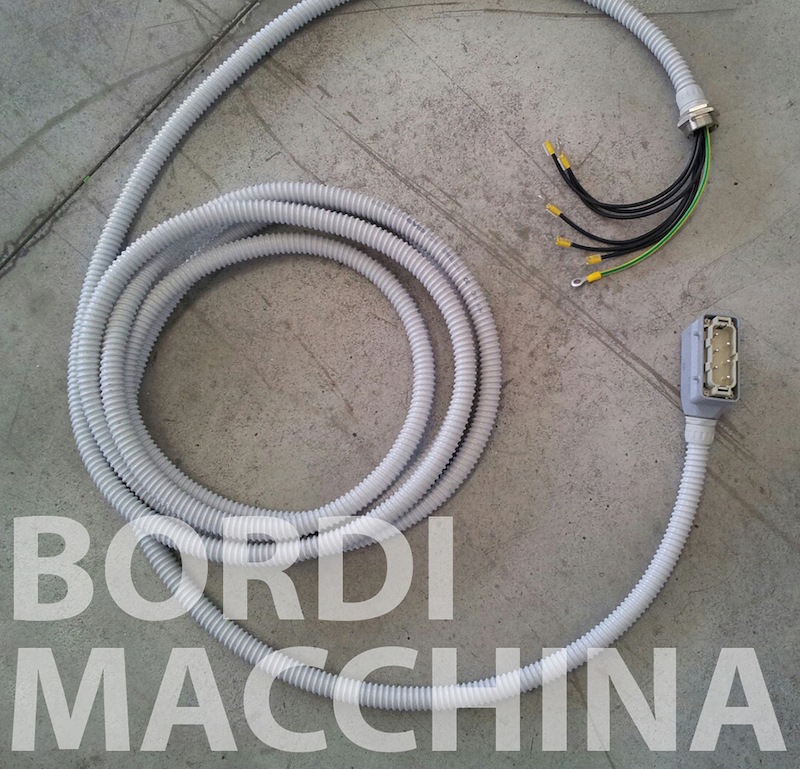
The ZD systems
As seen, the manufacture follows the regulations and also the specific logics with respect to the design, the assembly and the wiring of the electrical panels, which represent the core business of ZD.
All this with a team of dedicated and competent professionals, at the service of companies and their businesses.
For any information, please contact us here.
